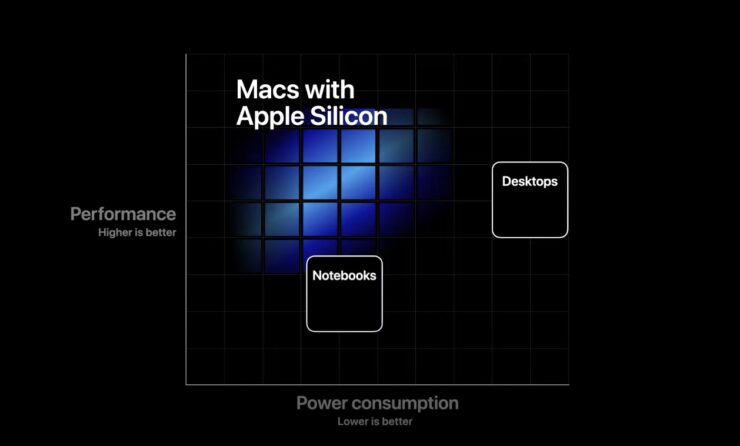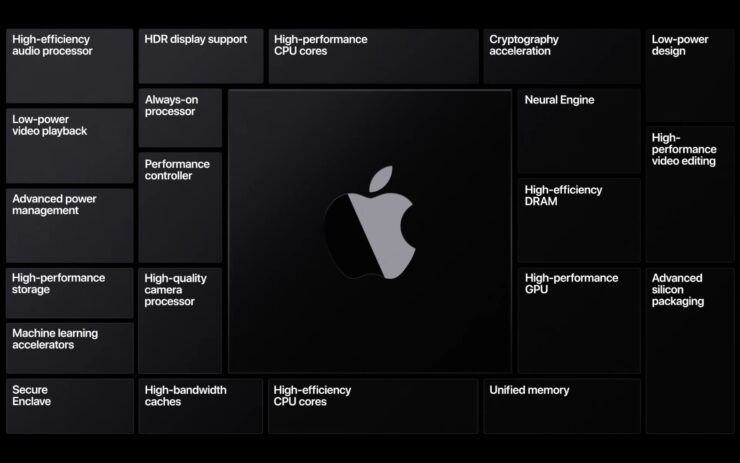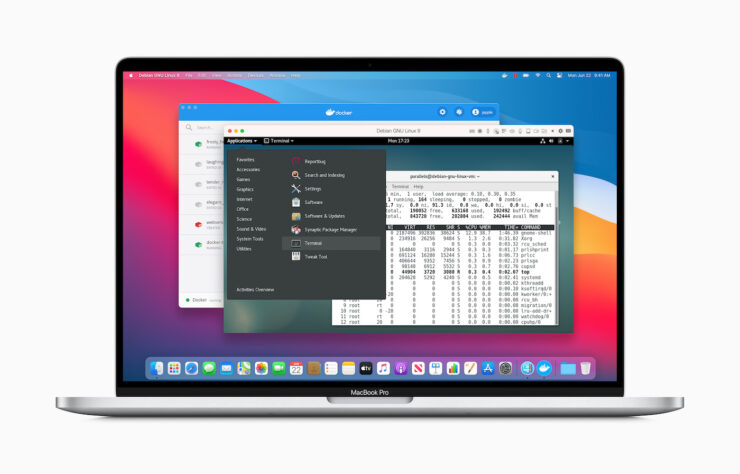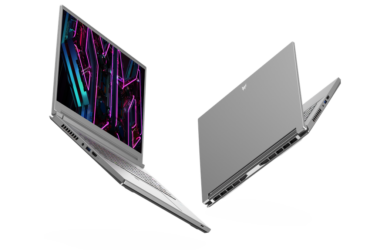Mark this date: 23 June 2020. In one of four seismic shifts in its colourful history, Apple announced at Worldwide Developer Conference (WWDC20) that it will transition the Mac to its own ARM-based silicon. The first Mac with Apple silicon is expected to ship out by end of the year and Apple has quoted a two-year timeline for a full transition. Apple still has new Intel-based Macs in development.
Why transition to ARM and why now?
“Why are we going to do this?” Steve Jobs famously said at the 2005 WWDC. “Didn’t we just get through going from OS 9 to OS X? Isn’t the business great right now? Why do we want another transition? Because we want to make the best computers for our customers going forward.”
Simple: performance. As proven by the iPhone, iPad and Apple Watch, Apple’s custom-designed silicon leads the industry in both unique features and performance per watt. The fact is, Apple is great at designing its own chips, as it has been doing for the past decade.
Building upon this solid foundation, Apple will now also be designing SoCs for the Mac. This will give Apple further control of the Mac’s architecture and not have to adhere to Intel’s (or any other chip maker) development timeline. This will also potentially mean future Macs having industry-leading performance per watt and higher performance GPUs.

Apple has shown that its silicon, particularly in the iPad Pro, can outperform many Intel (and AMD) notebooks in the market today.
A distinct advantage for developers is that they now have a common architecture across all Apple products—making it easier to write and optimise apps for the entire ecosystem. This also means, for the very first time, developers will be able to make their iOS and iPadOS apps available on the Mac—without any modifications. In addition, they will have access to technologies such as the Neural Engine that will enable the use of machine learning on the Mac.

With the announcement of the shift to Apple Silicon, Apple also introduced macOS Big Sur, the next major release of macOS. macOS Big Sur is said to be the biggest update in 10 years and includes technologies needed to ensure a smooth and seamless transition to ARM.
The operating system will have Rosetta 2 built-in, and emulation mode allowing existing x86 apps compiled for Intel-based Macs to work. Emulation will typically mean a performance hit as it takes more processing power to run. That said, Apple showcased the Tomb Raider game delivering good frame rates at 1080p resolution, without modifications, on Rosetta 2.
Virtualisation also works great on Apple silicon, allowing developers to run Linux smoothly.

To help developers get started with the new platform, Apple is launching the Universal App Quick Start programme, which provides access to documentation, forums support, beta versions of macOS Big Sur and Xcode 12, as well as the limited use of a Developer Transition Kit (DTK)—a Mac mini development system powered by the Apple A12Z Bionic SoC. The Apple A12Z Bionic currently powers the 2020 iPad Pro (4th Gen). Developers can apply for the programme at a cost of USD500.
Apple showed off a A12Z Bionic-powered Mac with Final Cut Pro editing three streams of 4K Pro Res video on a 6K Pro Display XDR.
Apple has updated all its Mac apps including professional apps like Final Cut Pro and Logic Pro to support its new silicon. Microsoft and Adobe also have native running apps ready.
Looking back
Between 1994-1996, Apple transitioned from Motorola 68000 series architecture to RISC-based PowerPC—a partnership between Freescale (formerly Motorola), IBM, and Apple, marking the company’s first big architectural shift.
The PowerPC platform drove Macs for the next 10 years before it hit a roadblock with the G5 (fifth generation) chip. Apple was disappointed with IBM’s progress with PowerPC technology, with the latter’s inability to deliver the 3GHz PowerPC chip it promised Apple. Also, IBM’s chip ran too hot for notebooks, a fast-growing segment in the PC industry at the time.
This drove Apple to look elsewhere to meet its needs.
While the transition of Apple’s hardware architecture continued, the company also made another shift—the classic Mac OS, introduced in 1984, would transition from Mac OS 9 (1999) to the first BSD-based (from NeXT) Mac OS X 10.0 in 2001.
At the 2005 WWDC, Apple CEO Steve Jobs revealed that every version of Mac OS X had been secretly developed and compiled for Intel processors (as well as PowerPC). The first fruits of labour were released in 2006 with first-generation Intel-based MacBook Pro and iMac Core Duo running Mac OS X 10.4.4 Tiger. PowerPC-based applications continued to run on the Rosetta emulation layer, albeit with a slight performance penalty.
Mac OS X 10.5 “Leopard” was the final release with PowerPC support whereas Mac OS X 10.6 “Snow Leopard” released in August 2009, was Intel-only, erasing traces of PowerPC architecture completely. Subsequently, Mac OS X 10.7 Lion formally ended support of PowerPC-based software.
Latest news
- Sony’s New WH-1000XM6: Taking Noise Cancellation to Ridiculous New Heights
- AirAsia Power Bank Policy 2025: New In-Flight Restrictions You Need to Know
- Trump Tariffs: Impact on Tech and Your Wallet in 2025
- Canon EOS R50 V: Why Content Creators Will Love This New Camera
- How to Check Unclaimed Money in Malaysia with eGUMIS (2025 Guide)
Subscribe to Vernonchan.com: Never miss a story, read stories on Feedly and Medium
Disclosure: Keep in mind that VERNONCHAN.COM may receive commissions when you click our links and make purchases. Clicking on these links cost you nothing and it helps to cover some of the costs for the upkeep of the site. While we may receive commissions, this does not impact our reviews, views and opinions which remain independent, fair, and balanced. Thank you for your support.








